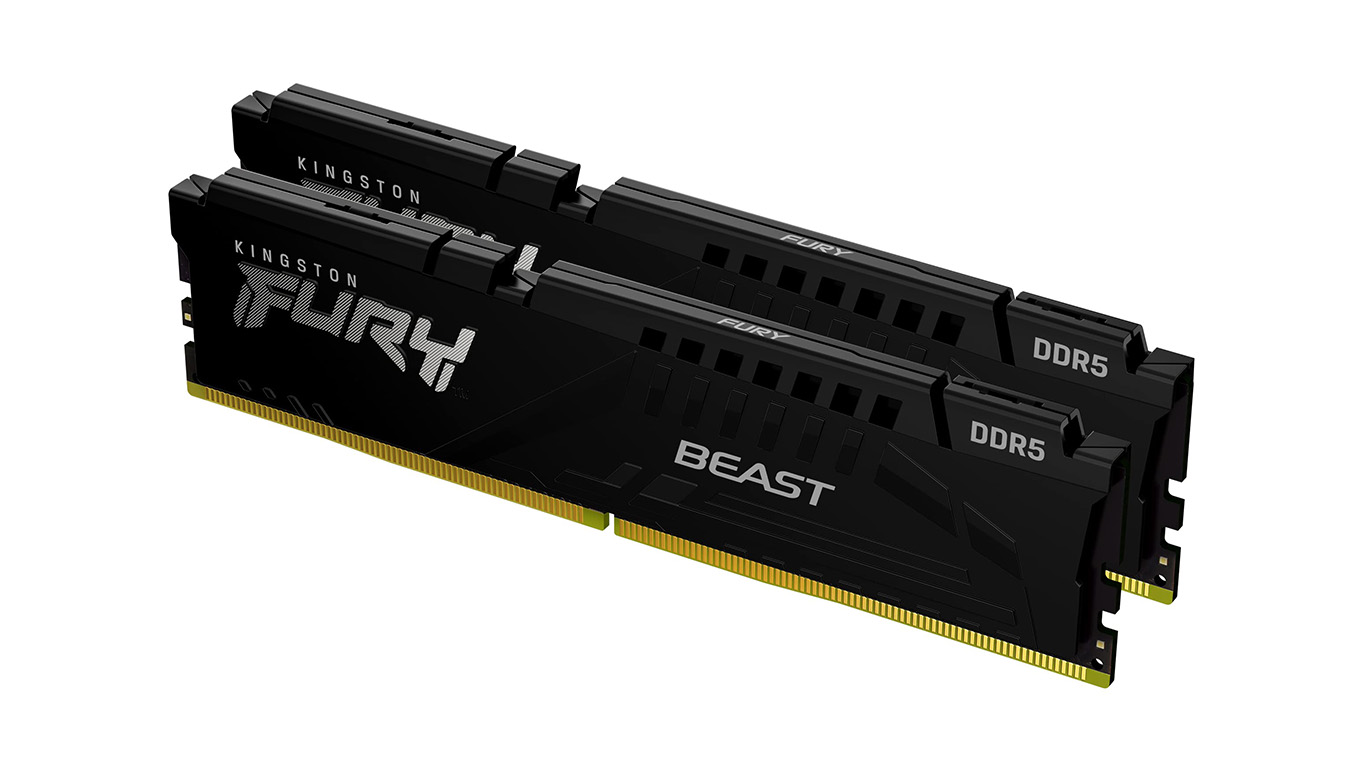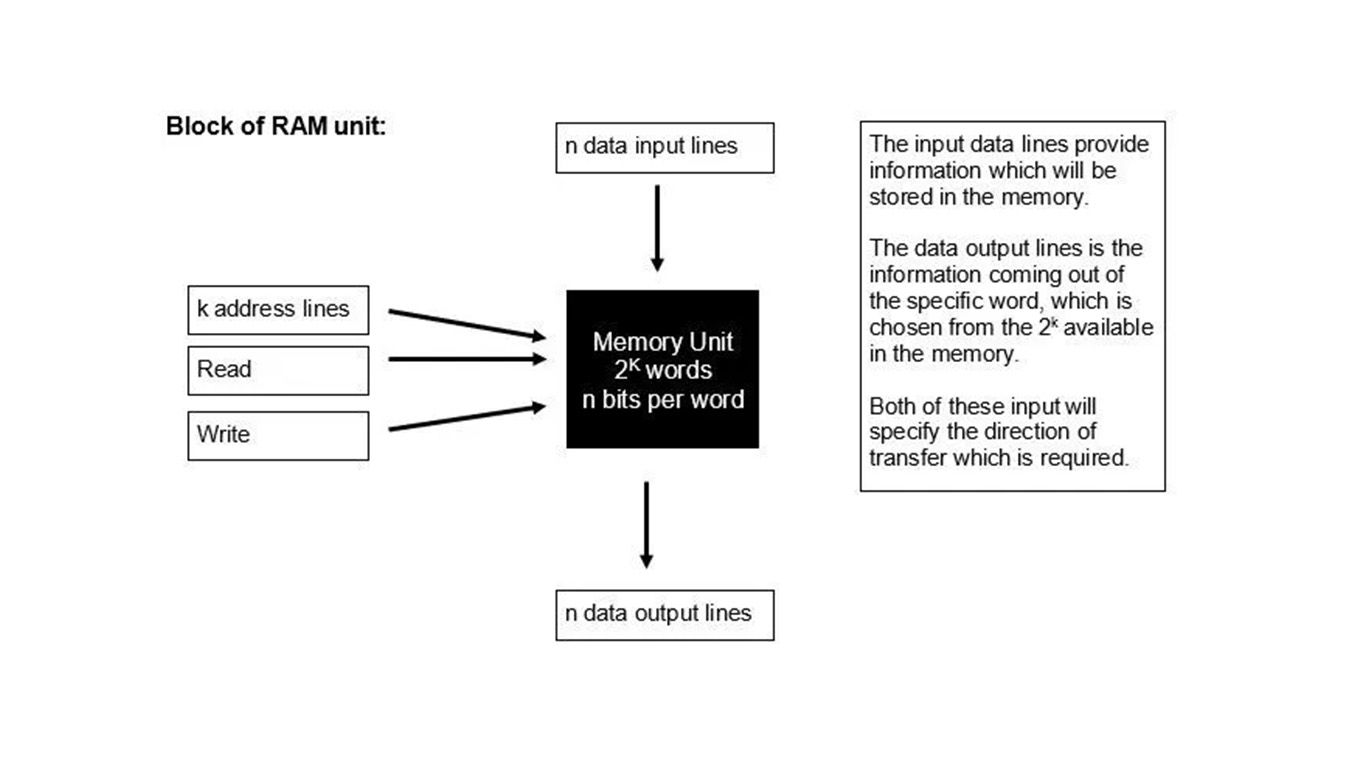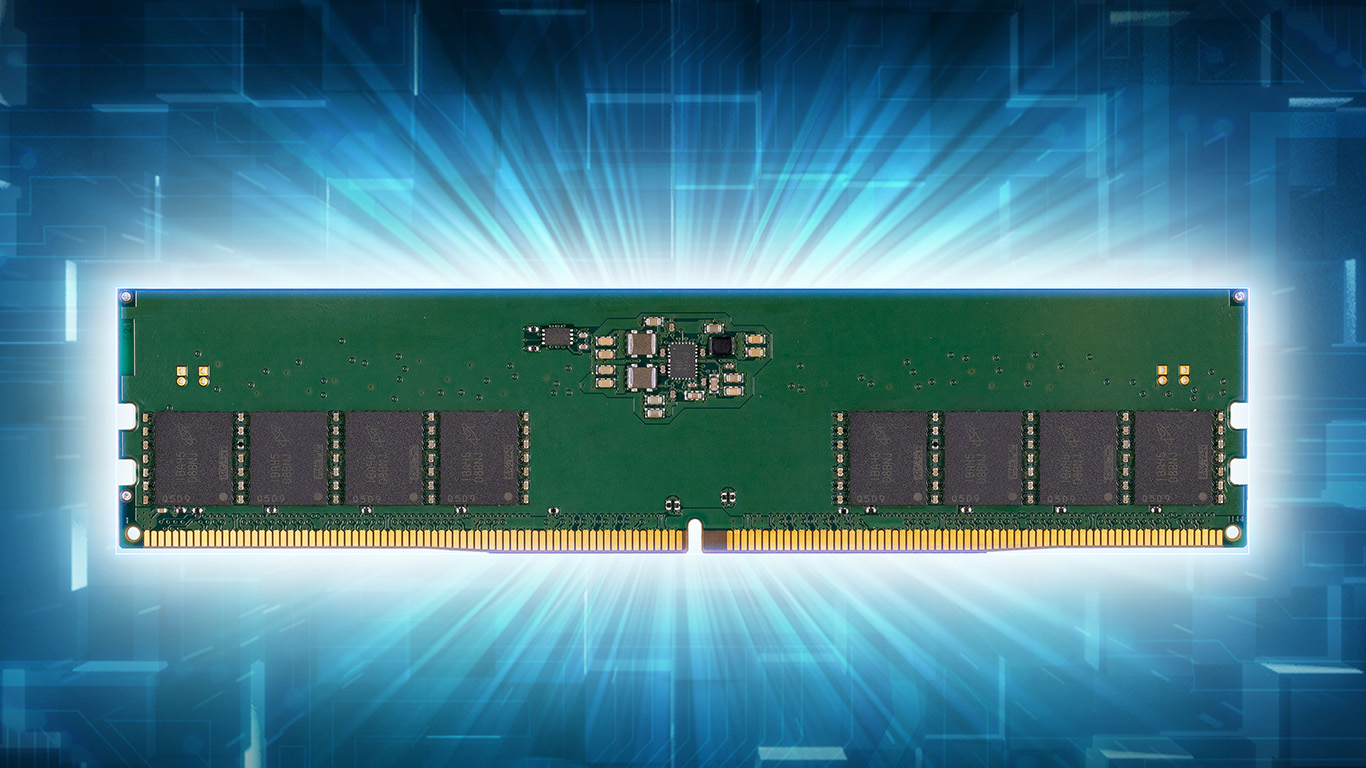Over the last ten years, DDR4 has powered millions of PCs and is still going strong. But DDR5 is a fresh face on the block. For its new 7000 series processors, AMD has transitioned to DDR5, and Intel’s 12th and 13th-Gen processors both support DDR5 memory. (read 13th-Gen Intel Core i9-13900K review). DDR5 is undoubtedly more futuristic, but is it really an improvement over DDR4? Let’s compare DDR4 and DDR5 to see if you need update or not.
DDR4 vs. DDR5 RAM: All You Need to Know
The more recent DDR5 standard, which is now widely accessible in most regions, offers a few improvements over DDR4 memory in terms of both design and performance. Should you upgrade now or wait a little while longer with DDR4? Let’s investigate!
What is DDR5?
The fifth generation of SDRAM is DDR5. (Synchronous Dynamic Random Access Memory). It includes a number of brand-new technologies, such as Decision Feedback Equalization (DFE), which enables I/O speed scaling for increased bandwidth and better performance.

Gamers, producers, and professionals will benefit from the greater memory capacities, faster speeds, and overall lower power consumption offered by DDR5 RAM.
DDR4 vs DDR5 RAM
Let’s explore the differences between the two memory standards.
| Features | DDR4 | DDR5 | Benefit of DDR5 |
|---|---|---|---|
| Speed | 1.6-3.2Gbps data rate 800Mhz-1600Mhz clock rate |
4.8-6.4Gbps data rate 1600-3200Mhz clock rate |
Higher bandwidth |
| I/O Voltage | 1.2V | 1.1V | Better power efficiency |
| Power Management | Motherboard | On-DIMM PMIC | Better power efficiency & scalability |
| Channel Architecture | Single 64-bit channel (72-bit for ECC) per DIMM | Two 32-bit channels (40-bit with ECC) per DIMM | Higher memory efficiency, better performance on single DIMM |
| Burst Length | BC 4, BL 8 | BC 8, BL 16 | Higher memory efficiency |
| Maximum DIMM Capacity | 64GB | 512GB | Higher capacity DIMMs |
Bandwidth
Data rates for DDR4 modules range from 1600 to 3200 MT/s, according to the Joint Electron Device Engineering Council, or JEDEC. On the other hand, the DDR5 standard specifies data rates between 3200 and 6400 MT/s. DDR5 3200 MT/s, on the other hand, is not popular, while DDR5 4800 MT/s is the standard specification everywhere.
Additionally, clock rates have increased from 800–1600 MHz in DDR4 to 1600–3200 MHz in DDR5.
Power Architecture
The power design of DDR5 is another noteworthy modification. The inbuilt PMIC, or Power Management Integrated Circuit, is present in DDR5 modules. (12V PMIC on server-grade DRAM DIMMs and 5V PMIC on consumer-grade DRAM DIMMs). The motherboard was in charge of power management for earlier DRAM versions.
Signal integrity and noise levels are improved and reduced by moving the power management function to the DIMMs. Additionally, motherboard producers now have one less concern.

Additionally, DDR5 utilizes less power than DDR4 (1.1 volts vs. 1.2 volts). It is impressive that DDR5 offers faster performance (nearly 2x, in some situations) at a lower power demand, even if the difference—0.1 volts—is not really noticeable.
On-Die ECC
Error-Correcting Code is referred to as ECC. It serves as a crucial component for servers and workstations since it helps avoid data loss or corruption. In contrast to the DDR4 standard, which made ECC an optional feature, all DDR5 DIMMs come equipped with one.
Higher Capacity
The 64 GB per module limit of the previous DDR4 standard was used. (or DIMM). The same restriction does not apply to DDR5. A single DDR5 module may theoretically support up to 512 GB of memory. The majority of CPUs can only support up to 128 GB of DRAM, but as chip makers work to maximize the total bandwidth and capacity of the DDR5 standard, this may soon change.


